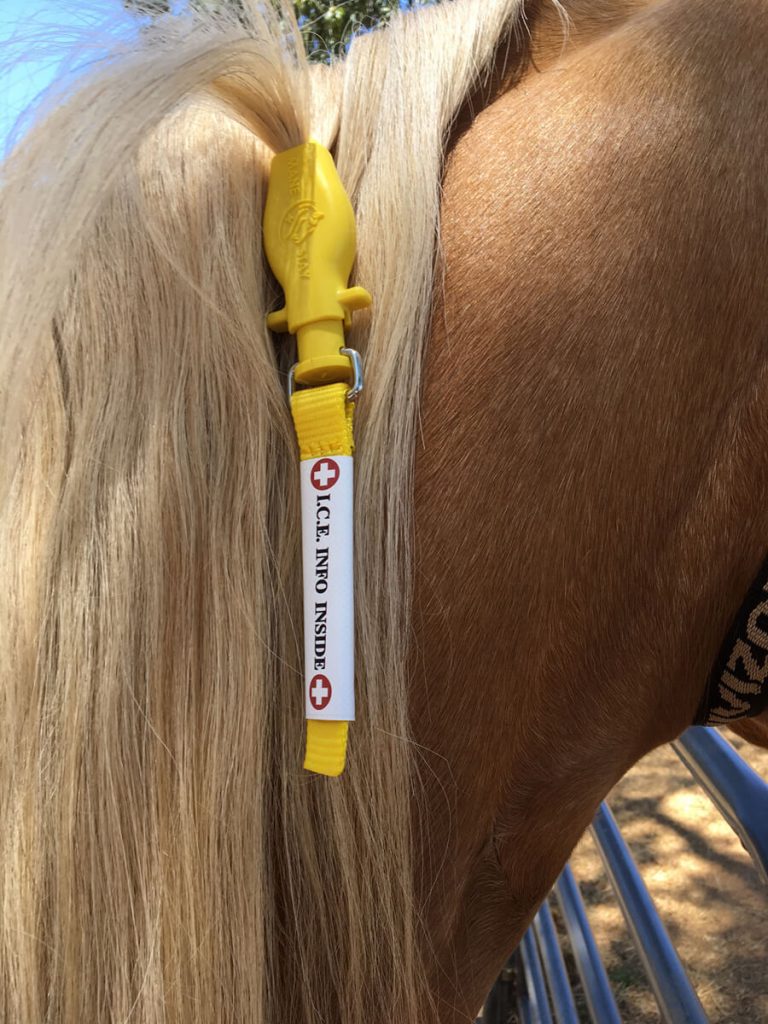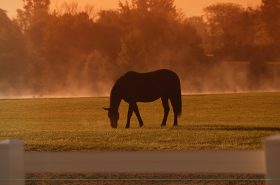Spring is always an interesting time of year in Oklahoma. In the last several days, we’ve had severe storms producing high winds, tornadoes, and flooding, and of course, in the aftermath, pictures of damaged barns and flooded pastures have been making their way around social media. It’s difficult seeing horses in the midst of these types of conditions.
Having a severe weather plan in place before beforehand is not only a good idea, but sometimes, your horse’s best chance of survival. Below are a few tips you can use to devise your own severe weather strategy.
To Stall or Not to Stall?
This is a tough question, and sometimes, one with no easy answer. It mainly depends on the specific weather situation and your facilities. If lightning is the main threat, horses are better off in a sound structure. However, if tornadoes or flooding is possible, they are better left in a pasture. In the event of an immediate threat, you may even need to turn your horse(s) loose (ideally with identification information).
Evacuation Plan
Have an evacuation plan in place for moving your horses out quickly, if need be. Flood waters can rise swiftly so you don’t want to be contemplating an escape route during critical moments. It’s best to have several routes planned to get your horses to higher ground.
Feed and Water
Keep enough feed, hay, and water to get you through at least a 48-hour period. Having an alternative water source in case well pumps or water lines are damaged is important, too.

Identification Information
Leaving halters on horses is never a good idea, even if they contain identification information. An alternative is tying a tag into your horse’s mane with this information. Or you can write your number/email in permanent marker on their hooves (though it may still wash off during flooding situations).
Equine First Aid Kit
This is a good thing to have on hand all the time, but especially for severe weather situations. Make sure your kit includes bandages, topical wound medicine, as well as bute and Banamine (or herbal/homeopathic alternatives). Keep your kit in a place where it can be easily accessed if severe weather hits.
After the severe weather event has passed, check fences, gates, and barn structures to ensure they’re safe. Also, never leave horses in flooded pastures, as this can cause serious injury to feet, legs, and exposed skin.
If you have additional tips, feel free to share them in the comments below!

Enjoy this blog post? We think you may like That Time My Mare Foaled During a Monsoon Storm by Emily Griffin.



